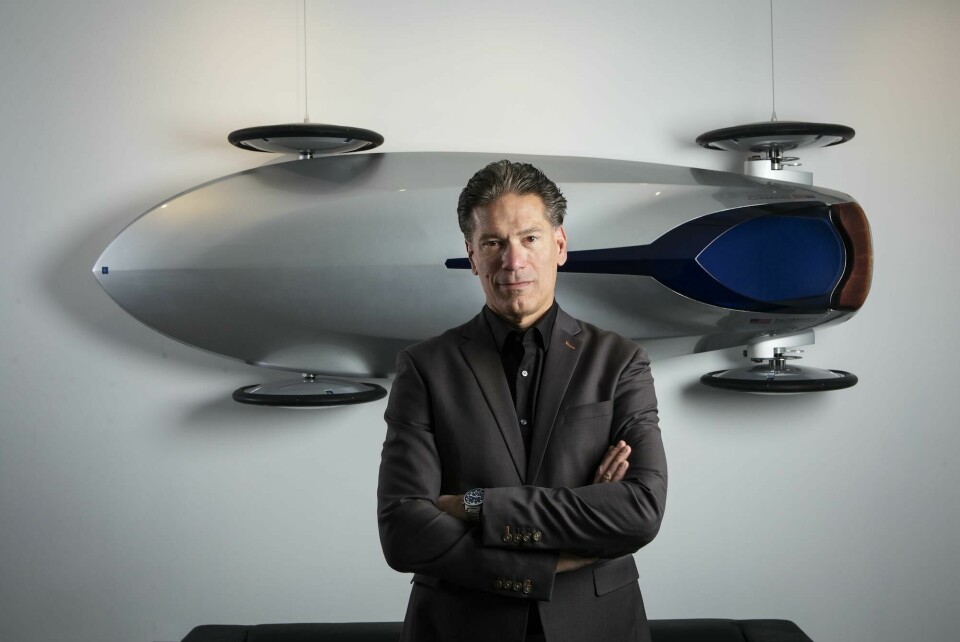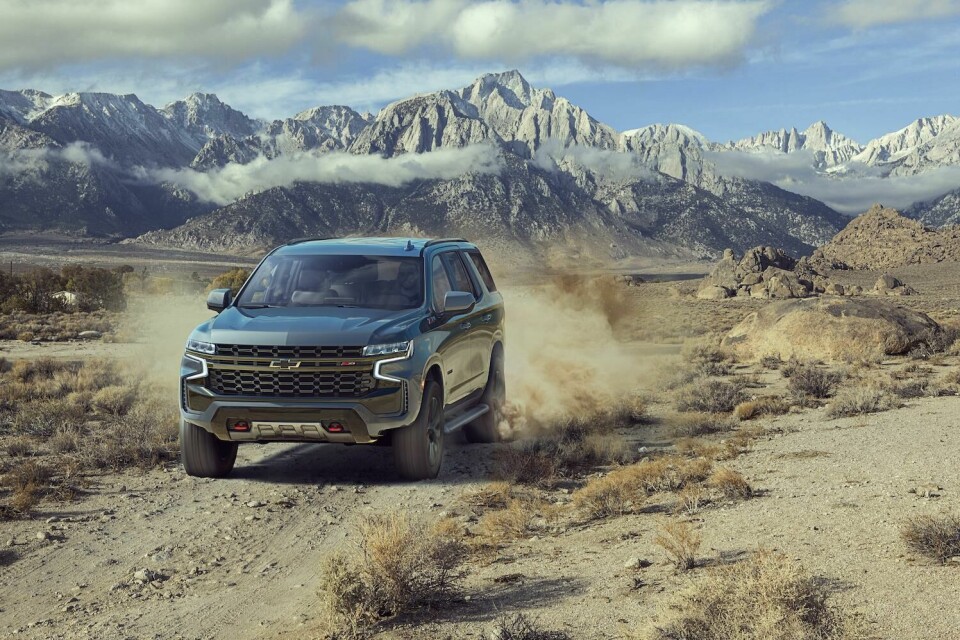
Car Design Review 7: Phil Zak, Chevrolet
Chevrolet’s Phil Zak on what he looks for in a designer, how to stand out in the marketplace, and why design should respond to locality
I was always drawing as a kid. I think my mom still has sketches that I did when I was about three years old. I started drawing cars and trucks pretty much as soon as I was able to pick up a pencil. I always had a fascination with things that moved. I grew up in Cleveland, Ohio, and I went to the Cleveland Institute of Art. During my first year I happened to go into the industrial design area and at that time they were designing machinery such as chainsaws. I suddenly realised I could combine my creative ability with a mechanical application. At that time General Motors had professional designers travelling to teach an elective transportation class on Saturdays. Once I started learning from them, my sketches really improved. I had a few offers when I graduated and I chose GM.
After 18 months I had an opportunity to work at Opel through a designer rotation programme. It was my first time out of the country. I spent a total of about six months at the design studio in Rüsselsheim, Germany and it really opened my eyes and gave me a global perspective on design. It was fascinating to see cars that made sense all of a sudden due to their surroundings. So for example, a Smart car does not make sense in the wide, open spaces of the US, but it’s right at home within a congested city like Paris, where finding a parking spot is very difficult. As a young designer coming out of school, this experience really opened my eyes to functionality and local design requirements.
I returned to Opel for a couple of years as the exterior director, before leaving GM for two years to work as the design director for Hyundai, providing me the opportunity to be immersed in the Korean culture. Upon my return to GM, I spent five years in China with the Pan-Asian Technical Centre (PATAC) and gained more valuable experience seeing the local design requirements for that part of the world. These experiences have definitely had a huge influence on the way I look at design. I always aim to figure out exactly what is needed in each marketplace. People can try to explain how things are in each area of the world, but until you live it and experience it on a daily basis, I don’t think you can truly understand it.
Critically, our job as designers is to convey, through the vehicle’s appearance, a sense of athletic performance for Chevrolet, or an expression of luxury appropriate for Cadillac
The approach to design is varied and mixed at GM due to the different marques. I have worked on Cadillacs, Buicks, GMCs, Opels and now I’m working on Chevrolets. You can’t take one design philosophy and then just spread it over all those brands. On the Chevrolet side, everything we do is dynamic and tied to performance. We have the Corvette, which is one embodiment of performance, and we have our full-size trucks, which give a totally different connotation to the word. Whenever we get a new project, the first thing we do is sit down as a team. There are marketing and engineering requirements and we need to figure out who the customer is for each project. Critically, our job as designers is to convey, through the vehicle’s appearance, a sense of athletic performance for Chevrolet, or an expression of luxury appropriate for Cadillac.
And then finally we think about the steps we will have to take in order to make the product stand out in the marketplace. We set out all these elements and prioritise them before starting to sketch. We have weekly reviews, again sitting down as a team and talking through our thoughts. This process hasn’t changed much over recent years, but the speed of progress has really increased. It now only takes a couple of days for us to go from initial sketches to being able to sit inside a vehicle using our virtual reality tool’s goggles and prioritise them before starting to sketch. We have weekly reviews, again sitting down as a team and talking through our thoughts.

If I was to hire a designer, I might accept somebody that has a little less talent but a brilliant attitude and a desire to learn. I also want people that can be team players, accepting contributions from other designers and trying to help improve on them. I always like to see the sketch books during an interview, not just all the finished renderings. The scribbles give me an idea of how that person thinks. I want to see the steps they took to arrive at their destination, how they overcome challenges and if they can justify the reasons behind their decisions. It is truly an exciting time to be a vehicle designer right now. It is a super-competitive space. There are so many different brands emerging, especially in Asia. I can see a lot of exploration and some of the concepts are very interesting. No-one knows how fast electrification will become mainstream but we are dedicated to an electric future, which is exciting and can open the door for creative design solutions.
And from an electrification standpoint, I think the way in which design adapts is going to be interesting. At the moment, electric cars are essentially mimicking traditional ICE vehicles. The graphics might be different on the front end because you don’t necessarily need the big grille to cool down an engine, for example. But so far designs are mostly sticking to the more traditional shapes in the hope of appealing to customers who may not want to take a chance on aesthetics as well as the driveline.
With the flat, skateboard-like platforms, we could have the ability to do something that is totally new. Then there is the design opportunity that comes with autonomous vehicles. Cruise has shown the Orion concept, which is a space to be shared with multiple people, like an Uber-esque self-driving vehicle operating in cities. That’s one possible iteration for autonomous vehicle design, but we also have ideas like the FNR concept, which is still sporty and dynamic. I think we’ve only seen the tip of the iceberg. In this context, the question of differentiation between brands becomes increasingly difficult to answer. Lighting is already becoming a way of standing out from the crowd, so we are thinking of what to do beyond the basic functions of lighting with welcome animations and atmospheric settings for example. But there are so many other parts of the vehicle that could be used to define a brand. Going forward, there is only greater opportunity for design.
This article first appeared in Car Design Review 7.







